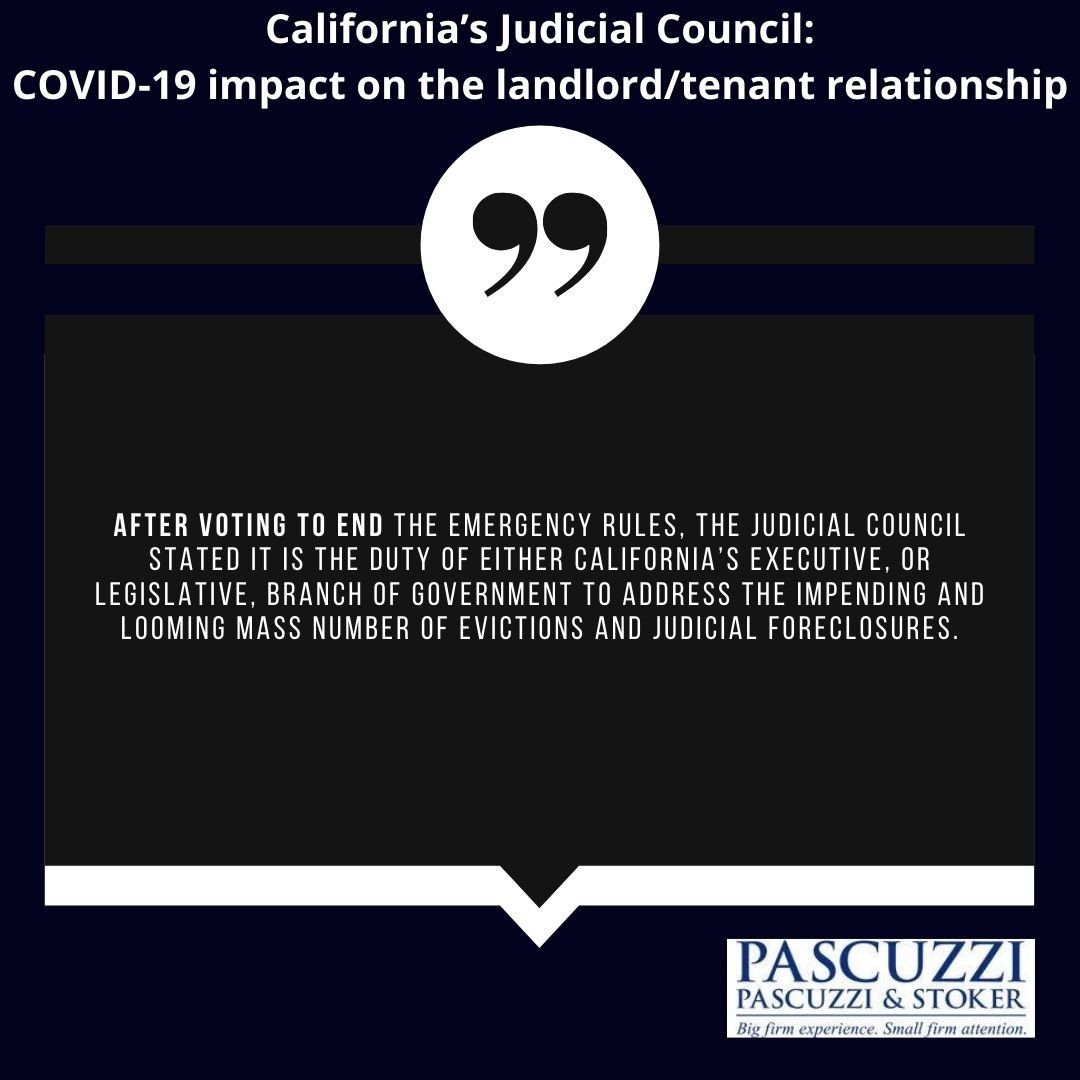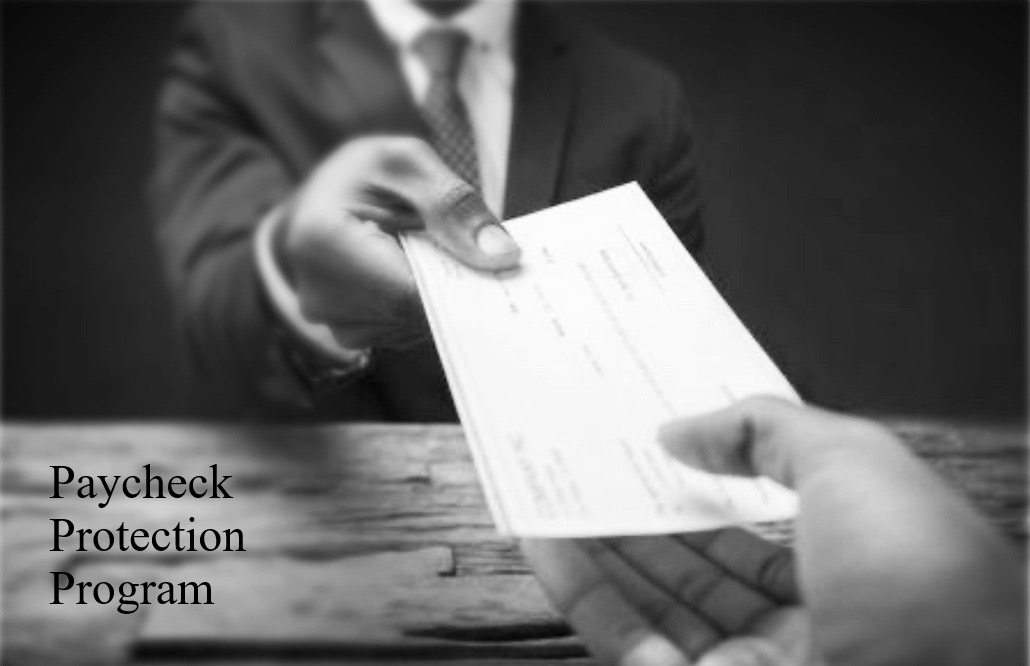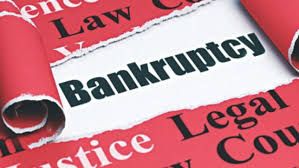With so much coverage regarding High Speed Rail and how California’s largest public works project in decades will affect the taking of privately owned property, the doctrine of eminent domain has become a hot topic. For instance, here in the Central Valley, it has been reported that as many as 350 properties in the proposed High Speed Rail route will either be taken in their entirety or by section. You may ask how can government do such a thing?
Answer:
The Fifth Amendment of the United States Constitution, and Article 1, Section 19 of the California Constitution, both allow for governmental takings of private property. As it relates solely to California, eminent domain law can be found in Code of Civil Procedure section 1230.010, et seq.
With respect to takings of property, the government may not take privately held property with absolute impunity. Article 1, section 19, of the California Constitution sets forth the general constitutional requirement to pay just compensation for private property taken by the government for public use, stating: “[P]rivate property may be taken or damaged for public use only when just compensation, ascertained by a jury unless waived, has first been paid to, or into court for, the owner.”
The process of a governmental entity’s (hereinafter referred to as “the Entity”) taking of private property is referred to as condemnation.
Process:
The condemnation process commences when the Entity provides notice to the property owner that the property in question will be seized. The Entity will appraise the property and offer the landowner what its appraisers have determined to be its fair market value. If the property owner refuses to comply, a court hearing will be scheduled wherein the Entity must show that the property is to be taken for a public use and just compensation has been offered in return.
Generally, as with the case of High Speed Rail, the public use distinction has previously been discussed, adopted and codified in some form of public hearing held by the Entity. This leaves only the issue of just compensation and whether the property owner has been fairly reimbursed for his/her loss.
Definition of Public Use:
For the sake of brevity, “public use” requires the taken property be used to benefit the public rather than specific individuals. Once it is established that the taking is for a public use, the Entity must pay fair market value for the property.
Definition of Fair Market Value:
Fair market value can be defined as the amount for which real property would be sold in a voluntary transaction between a buyer and seller, neither of whom is under any obligation to buy or sell, in the open market, and for a reasonable period of time.
Within the context of fair market value, Evidence Code sections 816, 820 and 821 allows the introduction of other factors in determining property value, such as: (1) comparably priced parcels; (2) lease values associated with the property; (3) permanent fixtures; and (4) other improvements made to the property. Any determination of an increase or decrease of property value related to the taking, however, cannot be included in the evaluation process. This means that a property owner will be paid what the land is currently worth and not what it is projected to be worth.
When the Entity takes only a portion of a property, fair market value for the severed piece of property must be reimbursed. In comparison to when an entire property is taken, the property owner may be entitled to severance damages if the remainder of his/her parcel suffers damage because of diminished value. Similarly, if the partial taking causes the property owner to receive a benefit on the remaining part parcel, any claim for severance damages would be offset by the realized benefit.
Other Means to Evaluate Fair Market Value:
The loss of goodwill is usually recoverable to any business operating on the property at the time of its taking. Goodwill is defined as the benefits that accrue to a business as a result of its location, reputation for dependability, skill or quality and any other circumstances resulting in probable retention of old, or acquisition of new, patronage. To receive compensation for the loss of goodwill, Code of Civil Procedure section 1263.510 requires that the loss cannot be reasonably prevented by relocation of the business or by taking reasonable steps to preserve the goodwill.
Relocation benefits may too be recovered if requested in a timely manner. Relocation benefits may include facility moving costs and costs for transportation and reinstallation of equipment and fixtures.
Costs to Challenge Amount Offered for the Property:
To show the afore mentioned damages and values in contrast to what the Entity has offered for purchase, appraisers in real estate, fixtures, equipment and business goodwill evaluation will most likely need to be retained. Attorney fees expended in litigation are generally not recoverable from the Entity although certain exceptions do exist.
This article is simply an overview of the condemnation process. The timelines and procedures to address a condemnation defense are strictly adhered to and not mentioned in this article. To insure your rights are thoroughly addressed and protected, please feel free to contact us if you are adversely affected by the High Speed Rail project.
The post Eminent Domain and High Speed Rail appeared first on Pascuzzi Law.







sign up for a consultation
Sound legal advice is based on years of training, hard work, and passion, as well as familiarity with legislation and precedent and sound consideration. You’ll find all that and more at Pascuzzi, Pascuzzi & Stoker.
We will get back to you as soon as possible
Please try again later
©2022 Pascuzzi, Pascuzzi & Stoker - All Rights Reserved. Web Design by Ashmith

